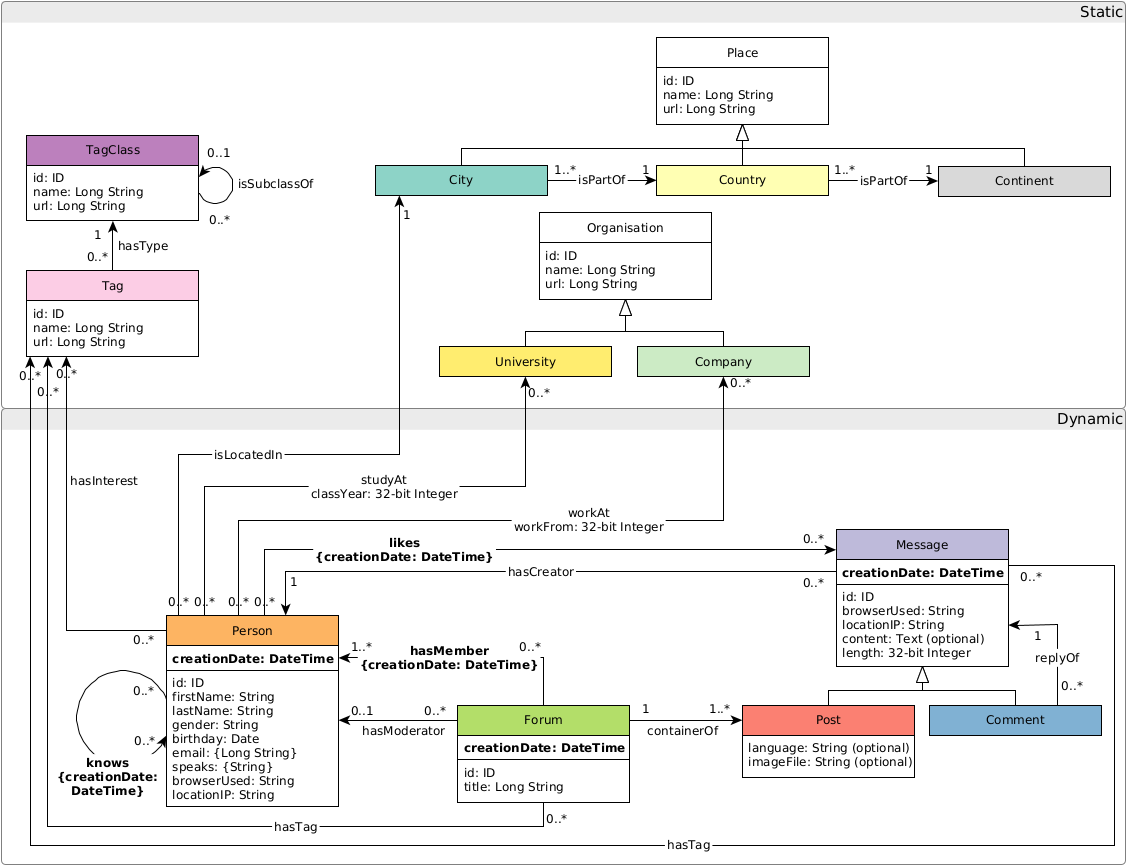KNoWS, 26 February 2021
Necessary if we want to build applications
SELECT ?name WHERE {
<https://www.rubensworks.net/#me> foaf:knows ?person.
?person foaf:name ?name.
}
Live example
https://www.rubensworks.net/#me if query-driven)
FOLLOW (?friend WITH POLICIES) {
<https://alice.pods.org/profile#me> foaf:knows ?friend.
} INCLUDE {
?friend ?p ?o.
}
FOLLOWINCLUDE from followed documentsCarol's data:
✅ <https://carol.org/#me> foaf:name "Carol" . ✅ <https://carol.org/#me> foaf:knows <https://alice.pods.org/profile#me> . ❌ <https://bob.pods.org/profile#me> foaf:name "Not Bob" .
